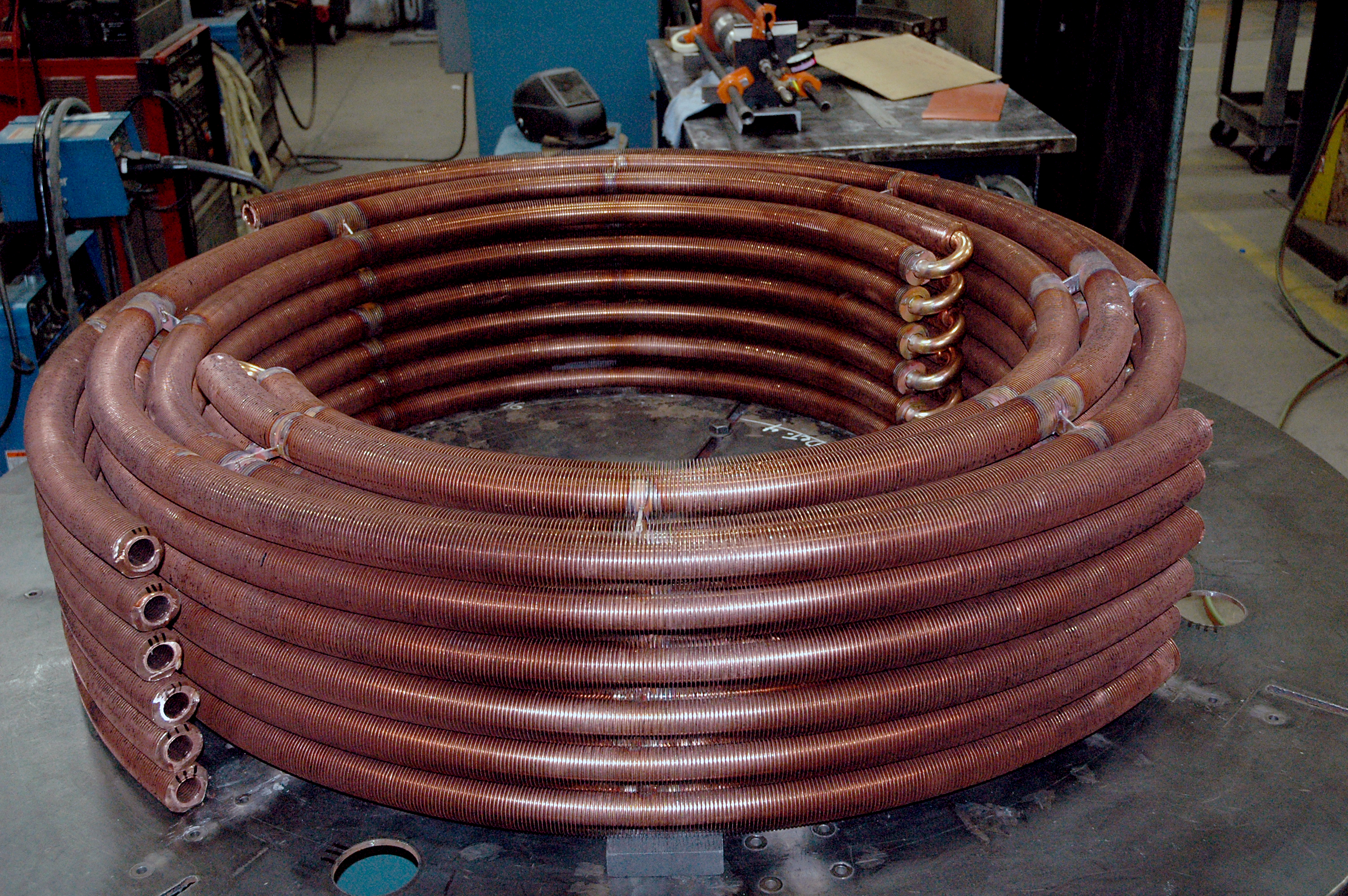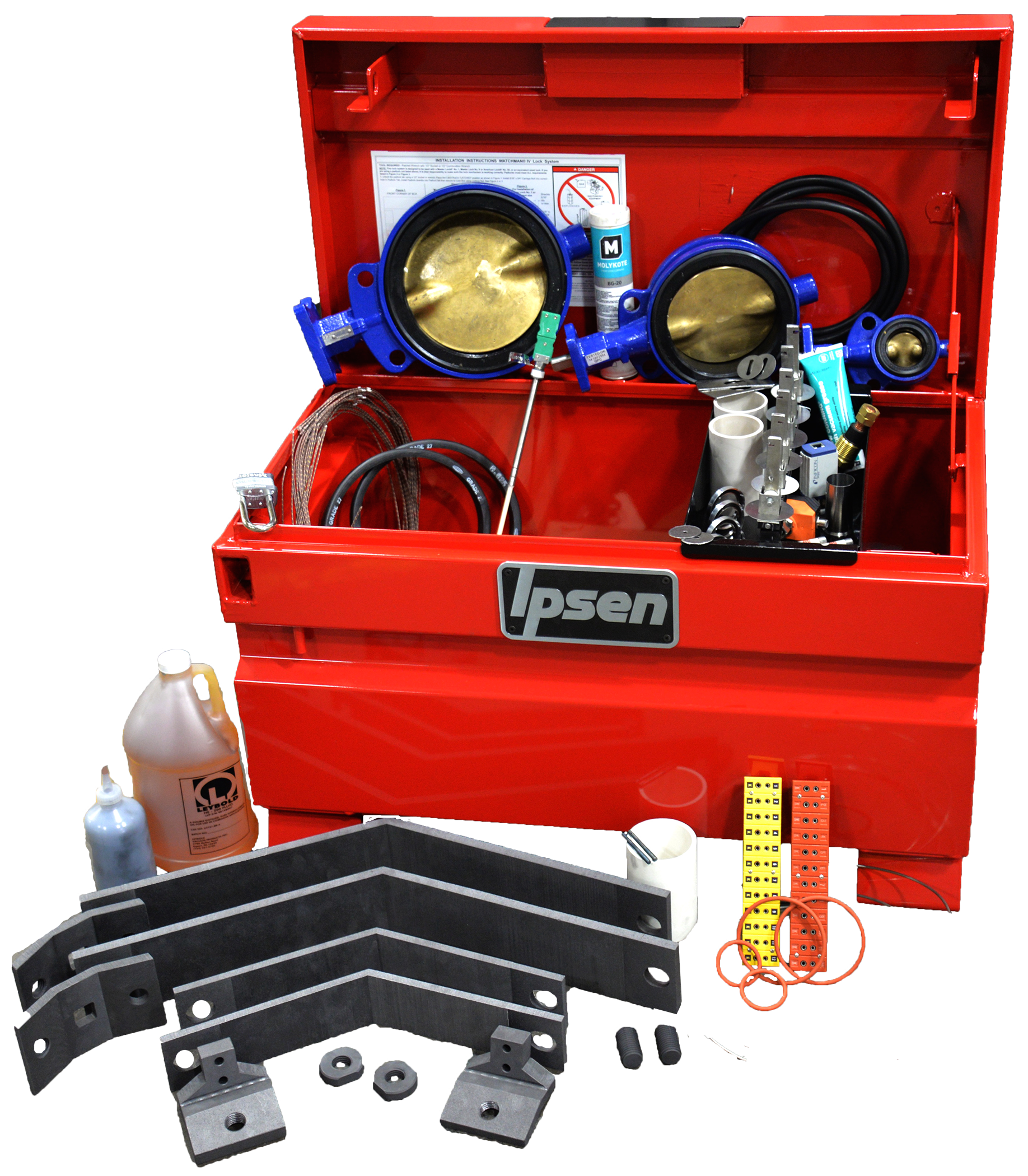You’ve taken important steps to keep your furnace running at peak performance. You perform routine inspections and preventative maintenance, yet over time, repairs and downtime still happen. While no one likes to experience downtime, there are ways to maximize the opportunity. The following suggestions are areas that should be examined while your furnace is down for large repairs:
Inspect the Heat Exchanger
In many cases, maintenance to heat exchangers is overlooked or not done as often as recommended. A good time to inspect your furnace’s heat exchanger is when a gas blower motor is removed for repairs or when the hot zone is being replaced.

The fins, which are between the coils, allow nitrogen or argon gas to flow freely across the heat exchanger and properly remove heat from the load and cool it. If you notice any excessive dust, dirt, or oil buildup, you can remove the heat exchanger and clean it with a pressure washer. If the fins are not properly cleaned, the furnace may begin experiencing slower pump-down times, reduced cooling rates, or hardness of parts being processed.
On some furnaces, accessing and inspecting the external heat exchanger is slightly easier than an internal exchanger. You can examine the external heat exchanger without having to remove the cooling motor. Here you would be looking for the same issues — dust, dirt, or oil buildup. You also clean the outside of the heat exchanger the same way — using a pressure washer.
Clean and Paint the Cold Wall of Your Furnace
Another area of the furnace to focus on during downtime is the cold wall. Like with any part of your furnace, this can become dirty, and the paint can begin to chip away over time.
To clean the cold wall, in general you can use any cleaning products. After you are done, make sure to use alcohol or acetone to clean up any remaining contaminants left by the cleaning solution. It also is important to use caution with alcohol or acetone, as the vapors could ignite and burn you. In cases where a cold wall is severely contaminated, dry-ice blasting is an effective method for cleaning.

The best time to repaint the cold wall is when you are replacing the hot zone. However, you should only repaint if the existing paint is completely gone. When painting, use a single coat of silicone-based protective sealant. Painting excess layers can cause problems, since the base paint will not cure properly. Excess layers of paint can also cause virtual leaks or bubbles to occur. Paint flakes also could develop, which could potentially contaminate or burn during the quench.
Change the O-Rings on Your Furnace
A final place to consider inspecting is the o-rings on your furnace. Eventually, every o-ring needs to be replaced. Some need to be replaced more frequently than others due to higher exposure to wear and tear or their proximity to higher temperatures.
O-rings that are in difficult-to-reach places are often overlooked during preventative maintenance, like those of the diffusion pump or main valve. Another o-ring example is the seal cartridge assembly on an Ipsen TITAN® vacuum furnace. This type of seal keeps the gas blower shaft from going into the furnace. This should be sent in to be rebuilt if the motor is removed any time past two years on the seal cartridge assembly lifespan.
When your furnace is down for large repairs, it may take some time before it’s back up and running properly. Use this time to address forgotten, overdue, or extensive maintenance and cleaning to prevent future issues. This is also a good time to think about ordering extra replacement parts — especially high-use parts that tend to be replaced frequently. By being proactive with your furnace’s downtime, you can save future loss of time and money, as well as prevent potential safety concerns.



































